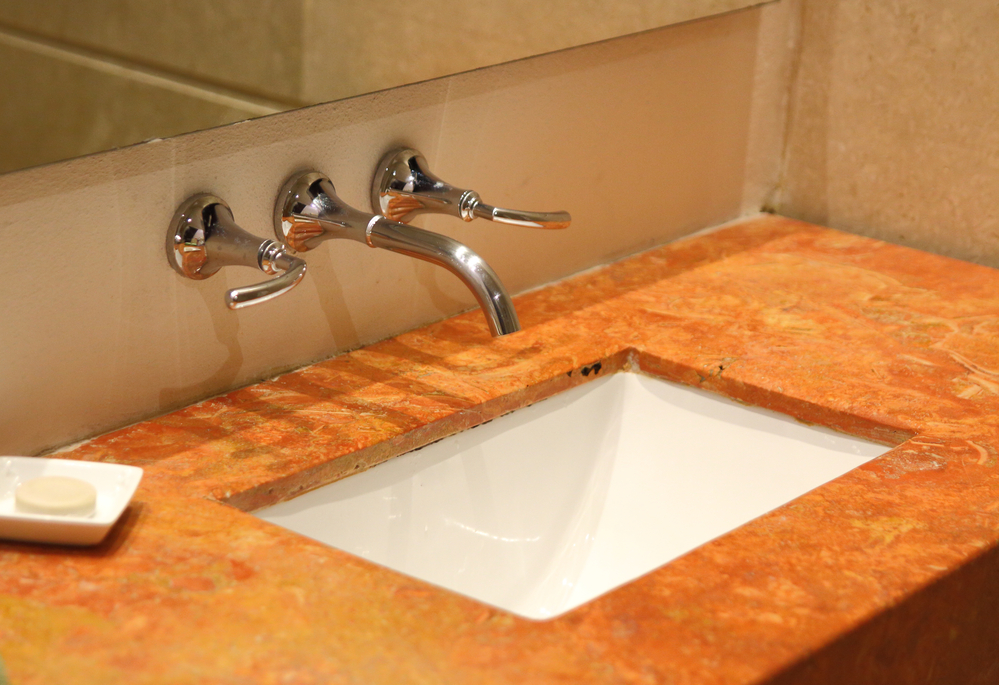We may earn revenue from the products available on this page and participate in affiliate programs. Learn More ›
There may be a wide variety of sink styles for kitchens and bathrooms, but there are just two main ways to mount a sink: undermount and drop-in (the latter is also called top-mount or self-rimming).
What is the difference between undermount and drop-in sinks? It all comes down to installation style. Both types of sinks ultimately have both advantages and disadvantages, but when comparing an undermount sink versus drop-in method, there are key considerations to keep in mind.
Read on to learn about some of the major differences between these two bathroom and kitchen sink options.
RELATED: The Best Pedestal Sinks
What is an undermount sink?
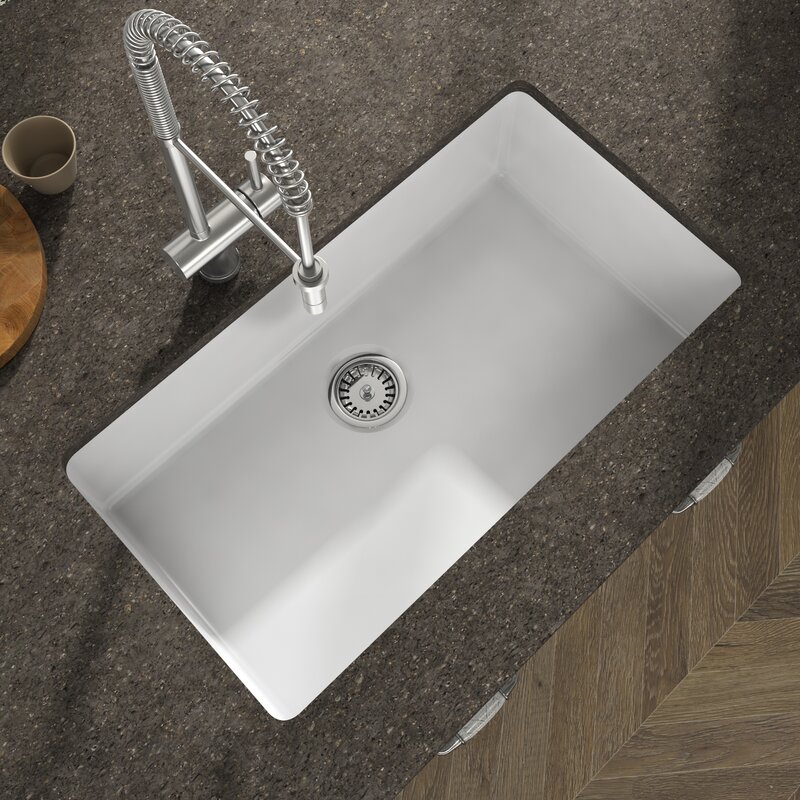
An undermount sink is a sink that is installed directly under the countertop, as opposed to being mounted on top of it. They are a trendy choice because they offer a clean, modern look and are available in single- or double-basin styles.
Undermount sinks have a rim that sits beneath the countertop, hiding it from view. The rim is secured to the countertop using adhesive and metal clips. Caulk is used to make a watertight seal between the sink and counter material.
What is a drop-in sink?
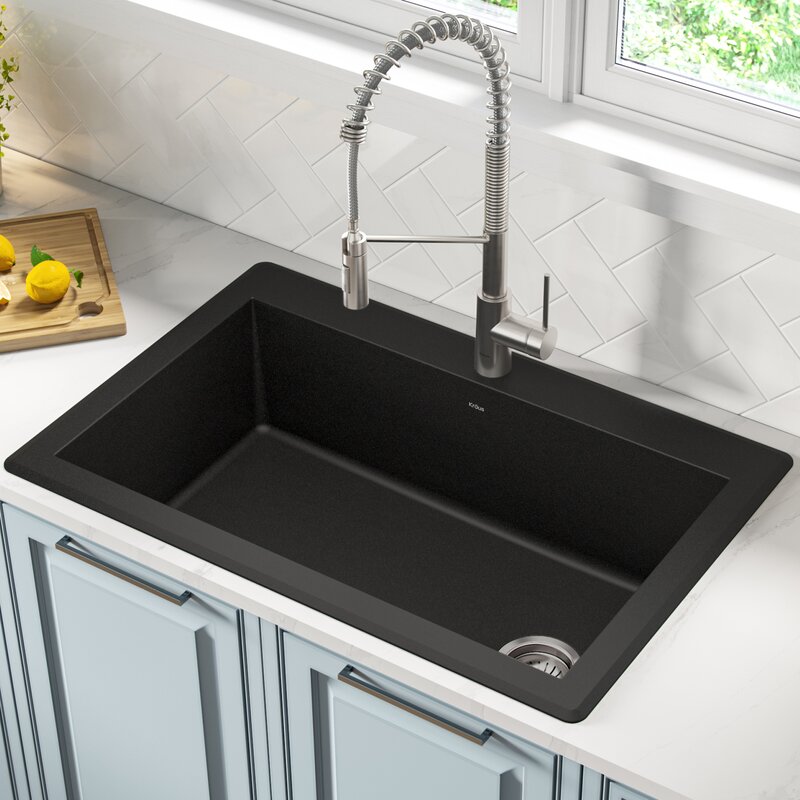
Drop-in sinks are a popular option on the market, and may also be referred to as a drop sink or a top-mount sink. A drop-in sink is installed on top of the counter, with its surrounding rim supporting most of the weight. This rim is what holds the sink in place with the help of hidden metal clips from below and caulking to seal the connection between the sink rim and countertop.
Some sinks made of heavier materials—like cast iron—don’t require these clips as they’re able to remain in place on their own. Just like undermount sinks, drop-in sinks are made in a variety of sizes and styles, including single-bowl and double-bowl models.
Drop-Sink vs. Undermount Sink Materials
Both undermount and drop-in sink styles vary and are available in a range of materials. Some of the most popular sink materials include:
- Stainless Steel: Stainless steel has been a go-to kitchen sink material for decades, and it seems it may never go out of style. It’s durable, easy to clean, and available in a variety of finishes.
- Ceramic: Ceramic is another popular material for undermount kitchen sink styles because it is durable, easy to clean, and comes in many stain-resistant colors. The main downside of ceramic sinks is that they can chip or crack easily. They also tend to be more expensive than other types of sinks.
- Enamel: Enamel sinks are made from cast iron but feature a glass-based glaze that gives them a white or off-white color. They tend to be an affordable option, though they may stain or crack over time.
Drop-Sink vs. Undermount Sink Aesthetics
Undermount sinks tend to look more modern due to the clean lines of the uninterrupted countertop and a lack of a visible sink lip. This mounting style can be ideal for a modern, minimalist, or contemporary kitchen, and undermount sinks often have a more custom look compared to drop-ins.
Depending on the sink material, drop-in sinks can have a contemporary look with a stainless steel finish or blend well with a more traditional look with a ceramic or enamel finish, the latter of which is typically better-suited to transitional, rustic, or farmhouse-style kitchens.
Undermount Sink vs. Drop-In Sink Countertop Compatibility
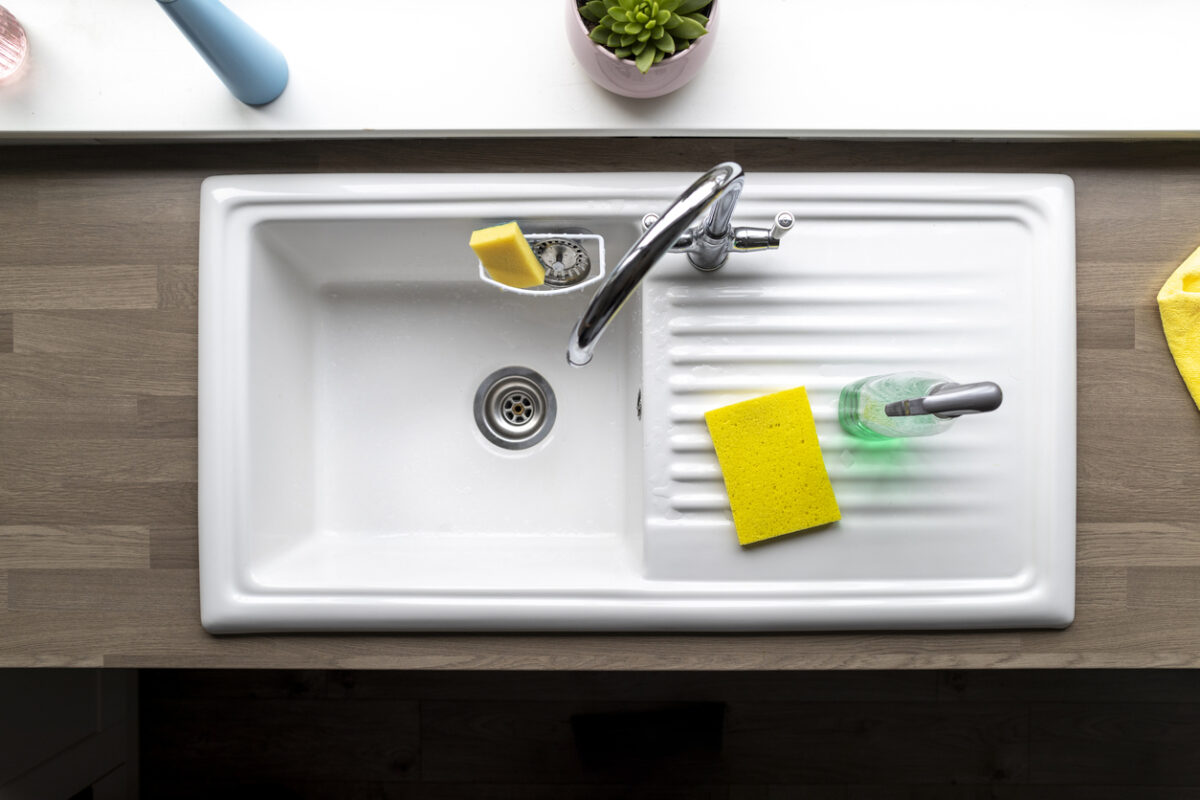
One of the advantages of drop-in sinks is that they can be compatible with virtually every countertop style, whereas undermount sinks have a few limitations when it comes to some countertop materials.
Since the edge of the countertop cutout is exposed when an undermount sink is installed, a solid slab countertop material is recommended. This still includes plenty of options, be it granite, marble, quartz, or solid surface countertops. The downside is that undermount sinks don’t pair well with laminate countertops because the edges of laminate are unfinished. Tile countertops may also be more difficult to use with undermount sinks, depending on the style.
RELATED: 11 Modern Kitchen Ideas You’ll Want to Steal
Drop-In vs. Undermount Sink Cleaning
Both drop-in sinks and undermount sinks have cleaning challenges. Some say drop-in is generally the best option because it’s easier to access all parts of the sink for cleaning. However, both types of sinks tend to accumulate grime along the caulk line where the sink meets the counter.
Where an undermount sink rim and counter meet, the caulked gap can be trickier to clean. This space has an increased risk of bacteria build-up and may need to be removed and replaced every few years. One advantage of undermount sinks, however, is that they make cleaning the countertop easier since food can be swept directly into the sink.
Undermount vs. Overmount Sink Installation
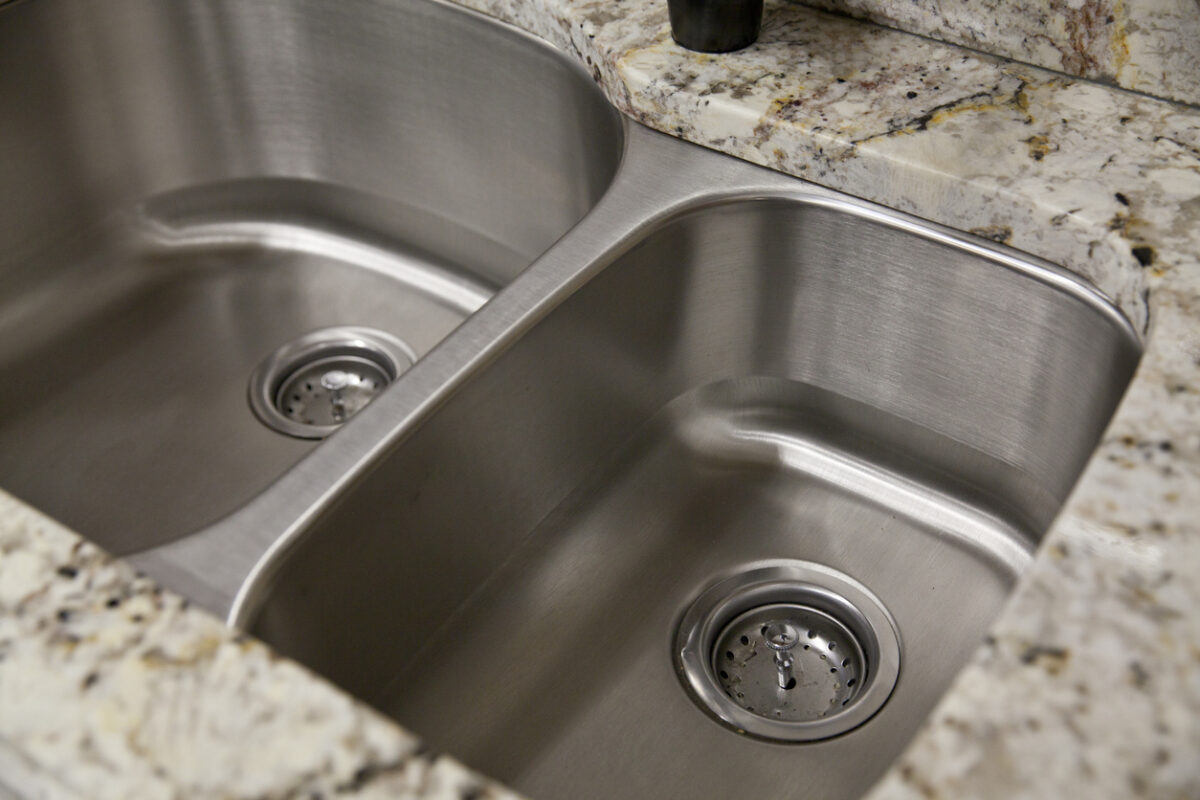
The installation of an overmount or drop-in sink is usually easier than installing an undermount sink. A drop-in sink can be placed directly into an existing countertop—if it’s the same size as the old sink—or it can be installed as part of a kitchen renovation with new custom countertops. It’s a task that is generally considered to be DIY-friendly.
Because of the risk of countertop damage, installing an undermount sink usually requires experience or the hiring of professional installers. Also, removing the existing sink can be tricky, and it’s essential that the sizing of the new sink matches the countertop opening exactly to ensure a proper fit.
Drop-In Sink vs. Undermount Sink Cost
Undermount sinks are a newer option than drop-in sinks, and they were initially more expensive. Now that more varieties are available and they’ve grown in popularity among homeowners and professionals, however, installation has become more affordable.
Still, drop-in sinks tend to be more affordable, more accommodating to a variety of countertop materials, and can be installed by a DIYer without the help of a professional. If budget is the biggest determining factor between these two types of sinks, drop-in sinks may be the better option.
RELATED: We Researched the Best Utility Sinks, See Our Top Picks and Expert Recommendations

